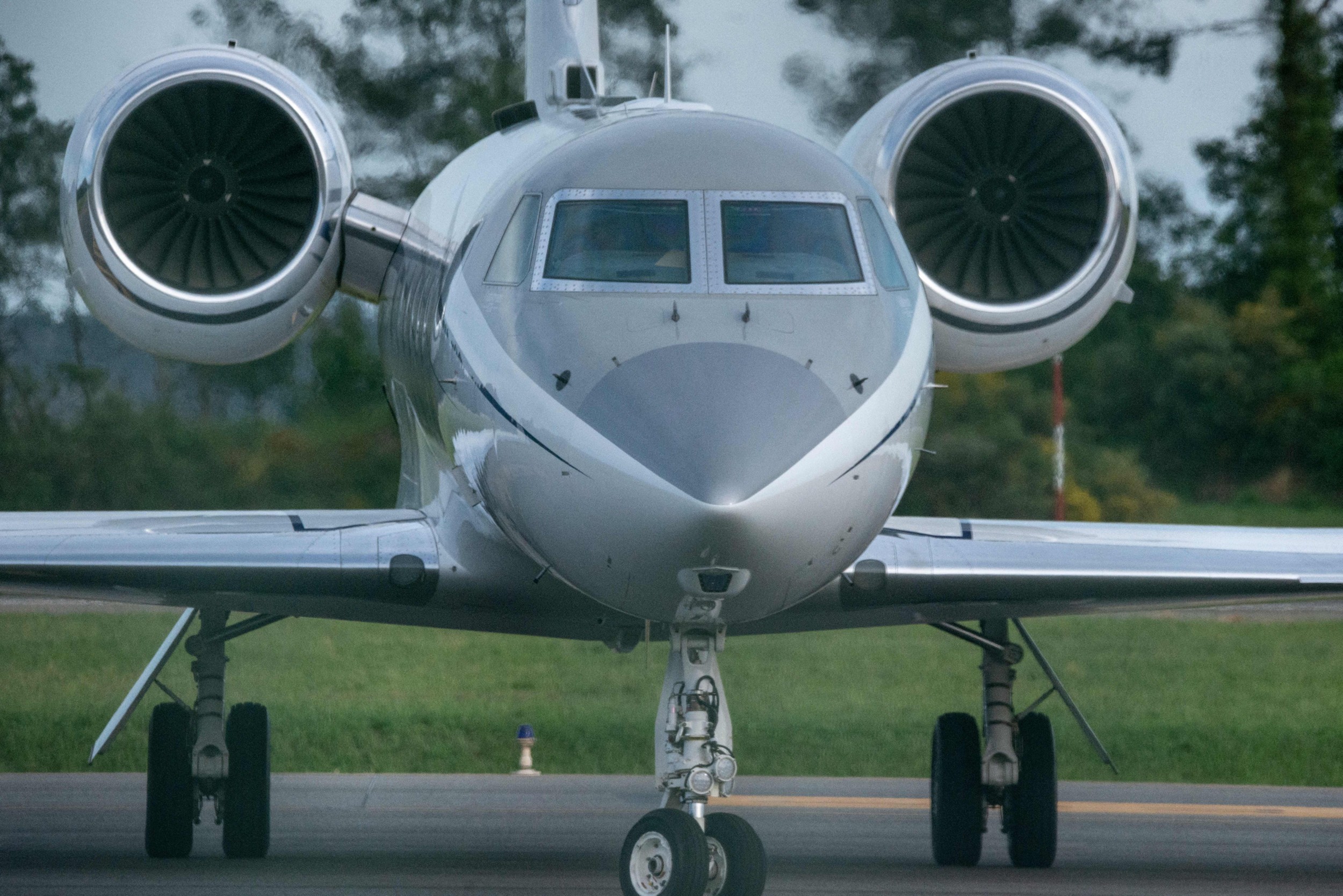Joe Biden's agenda on climate change 0:48
(CNN Spanish) --
The outrage over the private jets of the famous and super-rich seems to have come to stay and, if you have not delved into the subject, you may be wondering: is the pollution they cause so significant?
These figures will help you measure the environmental impact of these trips on the environment compared to those you make when you go on vacation and also the possible health effects, more invisible in public discussion.
Private jets pollute, per passenger, between five and 14 times more than commercial planes, according to a study by the organization Transport & Environment.
And not only that: models that are relatively efficient "are the exception and not the norm", says the 2021 research, so that private jets, on average, are 10 times more intensive in terms of carbon emissions than private jets. commercial aircraft.
The weight of this pollution is such that, as a result, 50% of global emissions linked to aviation remain in the hands of 1% of the population: the super-rich who make super-short trips in their superjets.
Why distance is a key factor in jet pollution
The inefficiency of travel is compounded by distance.
In Europe, according to the organization's analysis, there is twice the probability of using jets for very short trips – that's how those who travel less than 500 km qualify – than using commercial planes.
Another way of expressing it: about 50% of private flights within the European Union analyzed in the research covered distances of less than 500 km, while among commercial flights the percentage did not reach 25%.
advertising
It is in these short stretches that the planes are less efficient because more fuel is consumed during takeoff and landing than in the rest of the journey.
Transporting few people in inefficient planes that also frequently fly empty will always have a higher environmental cost than traveling on commercial lines, where in addition "low margins and competition have contributed to improving relative efficiency over the years," says the report.
What's the rush?
Weather is often one of the factors in choosing planes, whether private or commercial, ahead of other means of transportation.
But how significant is the difference?
Transport & Environment collected data on the 10 most polluting routes for private jets in Europe that traveled less than 500 km and calculated how much longer it would take to cover those distances using other means of transport in measures of possibilities.
The result was that, in most cases, the same route could be covered generating less pollution and adding less than three hours to the trip.
worse for health
Private jets also emit, to a greater extent than commercial aircraft, non-volatile particles that have been associated with impacts on respiratory and cardiopulmonary health (in addition to their effects on the environment, for example, absorption of solar radiation and affectation of the cloud formation.
How much more?
A Dassault Falcon 900EX private jet, for example, emits twice as many of these particles as a Boeing 737 over a two-hour flight.
If calculated per passenger, it turns out that emissions are 72 times higher.
Due to the harmful effects of these particles, regulations have been adopted to limit the amount that aircraft can emit.
However, due to the characteristics of the engines, most private jets are outside the regulation.
The biggest cost of aviation is not CO2
The debate around pollution from the airline industry is usually focused on carbon dioxide, but the truth is that these emissions are not the biggest problem in quantitative terms, according to a European Union study published in 2020.
Condensation trails—those trails left behind by airplanes, visible as white lines in the middle of the sky—and emissions of nitrogen oxides, water vapor, soot, and black carbon from aircraft engines were responsible for two-thirds of the climate impact of aviation in 2018.
This environmental problem can be attacked through the use of clean fuels, but also with another technique: changing flight paths.
How?
With routes at a lower altitude, the formation of condensation trails can be avoided, says the study.
In Japan, they give as an example, diverting less than 2% of flights caused the effect of heating by condensation trails to be reduced by about 60%.
Climate change




